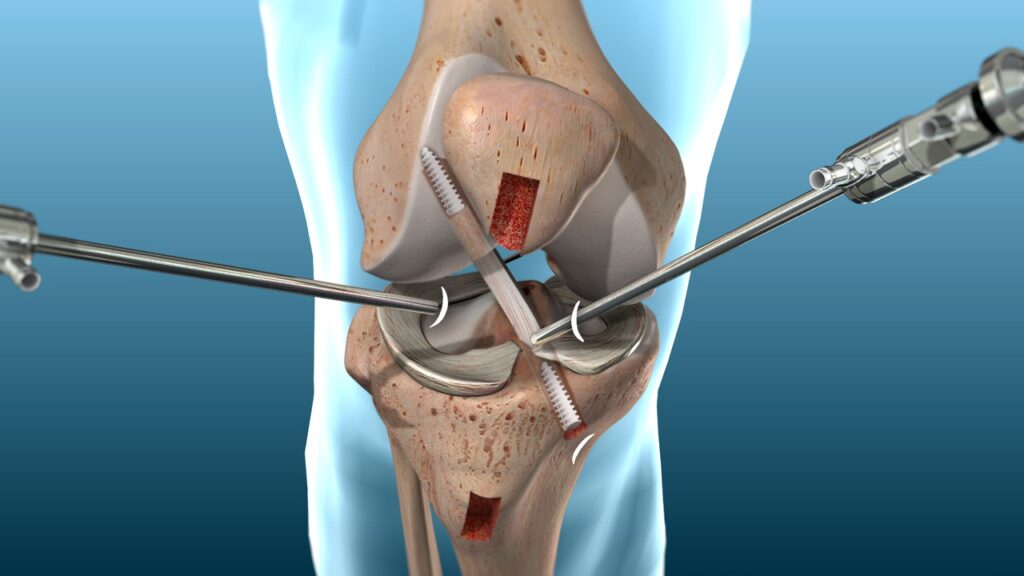ACL Reconstruction Surgery in Hyderabad
What is ACL Reconstruction surgery?
Ideal candidates for ACL Reconstruction surgery?
- People who are actively involved in sports.
- People who have a long standing knee pain that does not get better with medications and other treatments.
- People who have sustained knee injuries during physical activities like running, walking etc.
- People who are young and are looking to pursue a career in the field of sports.
- Sportsmen
At initial consultation
Instructions before surgery.
- You will be required to take aspirin or anti-inflammatory medicines to prevent the risk of excessive bleeding.
- You will be asked to take physical therapy to reduce a considerable amount of swelling and pain before the surgery.
- You may be asked to fast for 12 hours prior to the surgery.
- You are not allowed to take any blood thinning medicines before the surgery.
- Knee examinations will be conducted prior to the surgery for confirmation and clarity.
Procedure
Step 1 – The patient is given general anesthesia.
Step 2 – An incision is made in the front of the knee for an arthroscopy. This allows the surgeon to supervise the procedure that will take place inside the knee.
Step 3 – The surgeon will remove the torn ACL and thoroughly clean and insert screws, staples etc into your femur and tibia for the bone plugs to be intact.
Step 4 – The grafted tendon or ligament is then placed and the motion of the knee is tested to ensure the graft is placed well.
Step 5 – The incision is closed and a brace is placed to provide support and stability.
Instructions after surgery
- Take the medications given by the doctor.
- Keep the surgical clean and well maintained to prevent infections.
- You can use cold packs to reduce swelling and pain in the knees.
- Attend all the follow-up appointments with your doctor.
- Restrict physical activity and make use of crutches to walk.
- The knee brace must be worn until advised by your doctor.
Side effects of the ACL reconstruction surgery
All surgical procedures come with potential risks and some of the risks associated with the ACL reconstruction surgery are –
- Persistent knee pain.
- Blood clots or bleeding
- Infections
- Transfer of diseases via the cadaver method.
- Numbness
- Loss of motion.
- Extreme weakness or stiffness
FAQs
Where can the grafted tendon be extracted from?
The tendon can be taken from the patellar tendon (from the bottom of your knee cap ), hamstring, quadriceps (tendon from the front of your thigh) or cadaver which is typically a tissue taken from a dead body, also known as allograft.

